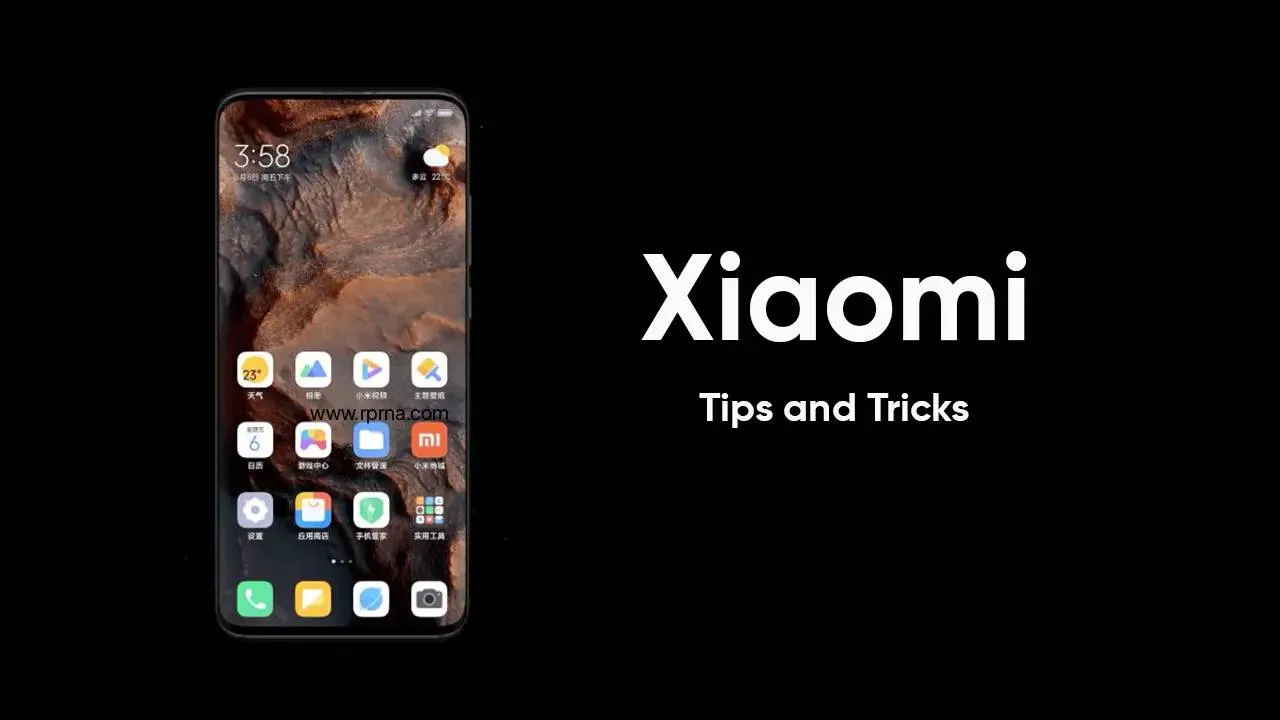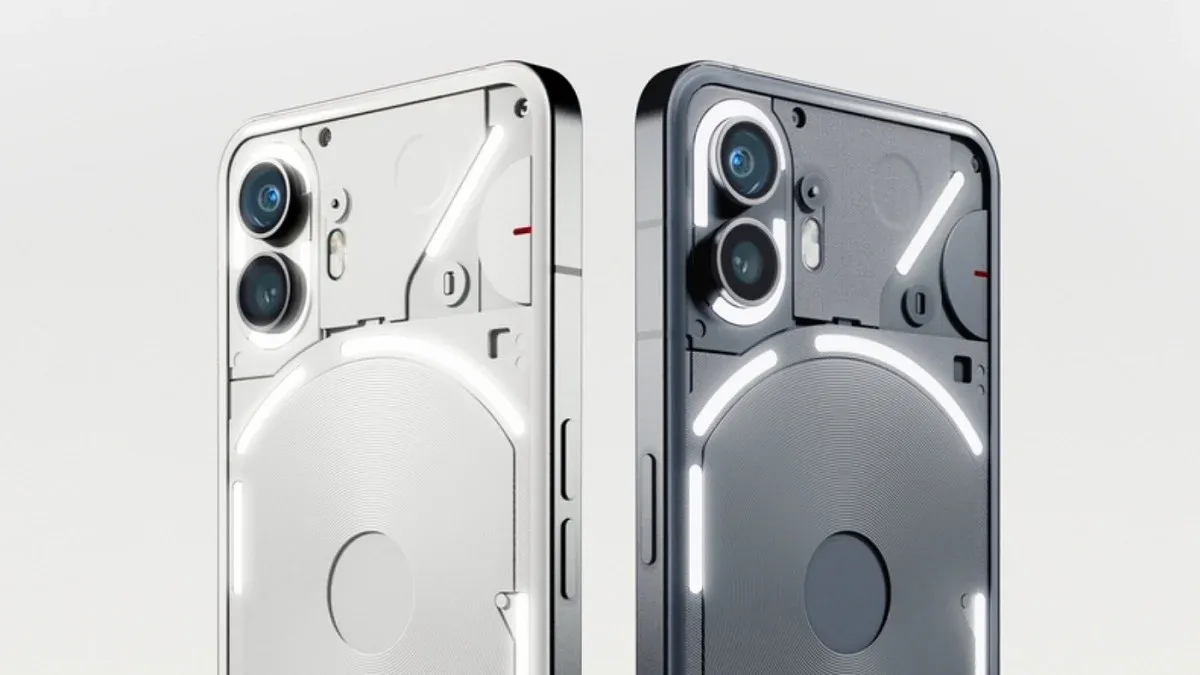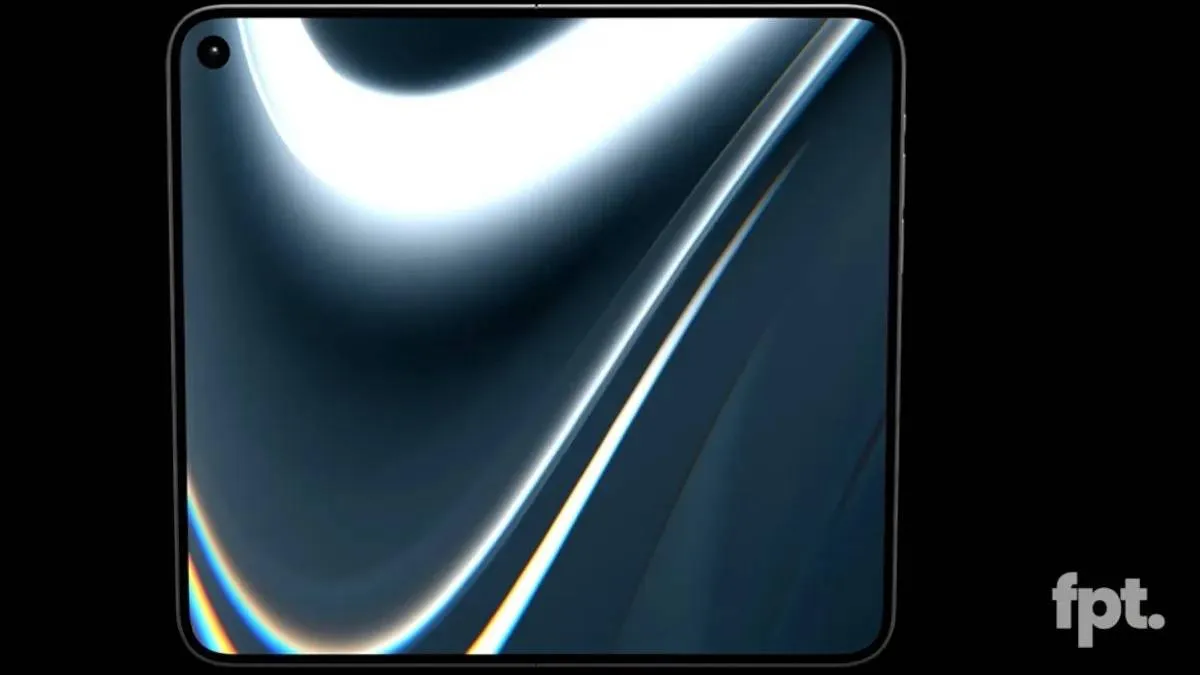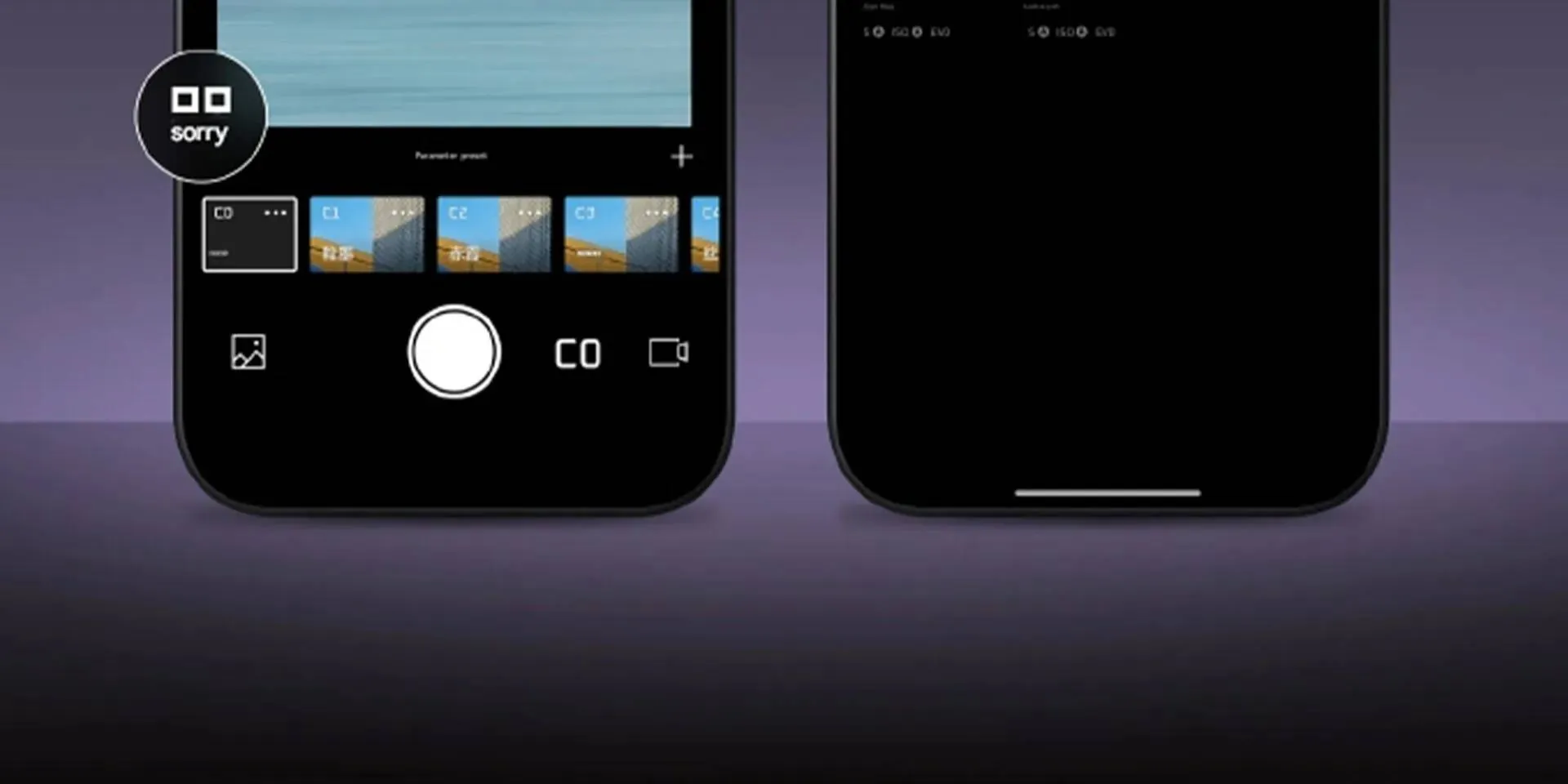
GizChina Awards: Best Flagship Smartphones of 2025
Dec 31, 03:21
Best Smartphones Under $600 – December 2025
Dec 31, 16:00
Best Smartphones Under $400 – December 2025
Dec 30, 17:29
Google Photos is Finally Hitting the Big Screen (And No, It’s Not on Google TV!)
Dec 29, 22:08
Best Smartphones Under $200 – December 2025
Dec 29, 21:56
Oppo Reno15 Pro Max Global Launch: Price, Specs, and the IP69 Surprise
Oppo Reno15 Pro Max and Pro go global! Explore the 200MP camera, 6,500mAh battery, and the new Dimensity 8450 chip. Is this the best Reno yet?

OnePlus Update List 2026: Is Your Phone Eligible for Android 17?
Check the 2026 OnePlus update tracker. Find out which devices are eligible for Android 17, 18, and 19, and who gets the new AI Plus Mind features.

The $300 Chip: Why the Snapdragon 8 Elite Gen 6 Pro Will Break the Bank
Qualcomm's Snapdragon 8 Elite Gen 6 Pro could cost $300! Discover why the jump to TSMC's 2nm process is making 2026 flagships more expensive than ever.

Xiaomi 13 Ultra Finally Gets HyperOS 3: Android 16 arrives for Global Pilots
The Xiaomi 13 Ultra global update is live! Discover how HyperOS 3 and Android 16 bring the "Super Island" and "Liquid Glass" animations to your flagship.
- Besoin de ça
 merveil11-12-2025
merveil11-12-2025 - Looking forward to buying both sizes of this when they are available in Thailand 🇹🇭chrisman08-12-2025
- Finally! Surprised corrupt Grok was not mentionedMaxNix07-12-2025
- About time!!MaxNix07-12-2025
- Best practice avoid buying Xiaomi phones and products, you all won't regret later.Kevin03-12-2025
- Interesting update on OpenAI’s Sora app! As we also review AI and SaaS tools at TheSoftReview, it’s fascinating to see how video-generation apps are expanding to mobile platforms, making creative workflows more accessible.Shamima29-11-2025
- Good, good… keep going downhill. Unlike Xiaomi, other brands in Europe actually allow global users to unlock the bootloader. Xiaomi is full of lies the Mi Community app doesn’t work, and for over a month I clicked every day with no success. In the end I sold the phone and switched to another brand. Samsung works perfectly and unlocking the bootloader is very easy. I used to support Xiaomi and my whole family bought their phones, but now it’s over. Goodbye! I hope your stock keeps falling next year. Yay!HeCosmin28-11-2025
- Kind of drop the Ultra's 2K screen and 120Hz refresh rate.MaxNix25-11-2025
- Stellar Data Recovery worked great for me when I lost some important photos from my SD card. It found files I didn’t even remember deleting, which was surprising. Although the scan was a bit slow, the recovery success made it worth the wait.john25-11-2025
- Really eye-opening article. You make a strong case that Facebook Messenger collects huge amounts of user data — more than many other apps, according to survey results.lindseyjohn83020-11-2025

The $300 Chip: Why the Snapdragon 8 Elite Gen 6 Pro Will Break the Bank
Qualcomm's Snapdragon 8 Elite Gen 6 Pro could cost $300! Discover why the jump to TSMC's 2nm process is making 2026 flagships more expensive than ever.

How cloud sync tools can be slowing down your phone or PC
Sync tools sound helpful, and in many ways they are, but pushing every file to every cloud can quietly damage daily system speed.

GizChina Awards: Best Flagship Smartphones of 2025
It's time for a recap of the best flagship smartphones of 2025! Check the best smartphones of the GizChina Awards with powerful hardware and excellent performance.

Double Your Xiaomi Speed Instantly: The One Simple Trick That Works!
Make your slow Xiaomi phone fast again! Discover the simple trick of clearing your system launcher cache to instantly restore performance, speed, and battery life.
Loading















